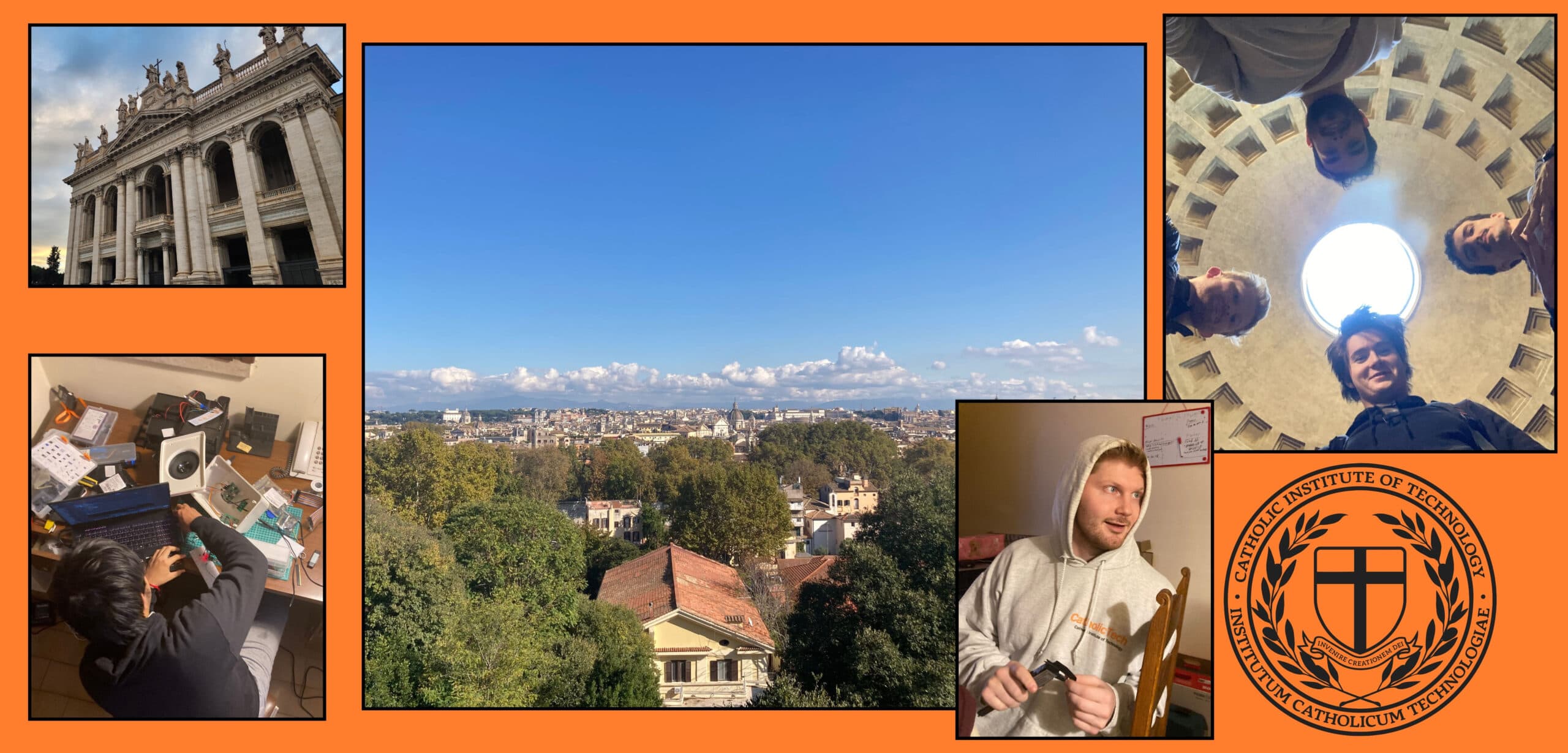
St. Thérèse and “The Science of Love”

Lauded as the “Greatest Saint of Modern Times” by the great Saint Pius X, and honoured as a Doctor of the Church despite having spent most of her twenty-four years on this earth in the small Norman town of Lisieux, Saint Thérèse persists as one of the most well loved saints of the past two centuries. Her zealous and devout cult, eminent holiness and impact on the spiritual life of the faithful, combined with her patronage of missionaries and missions, leaves much to wonder at how this French nun, who didn’t even live to see twenty-five, remains one of the most significant Saints of the modern age, and the pioneer of the “Science of Love” (as Saint John Paul II says). So what was so special about this little one, and what is meant by her Little way, and her Science of Love?
Born in 1873, the youngest of the children of Marie and Louis Martin (themselves saints), Therese’s young life was shaken by the death of her mother when she was merely four years old. Plagued by illness and scruples, her early life can be characterized as hardly a spritely childhood – she was noted for her melancholy and sensitivity. Yet, she eventually renounced these dirges, and during a pilgrimage to Rome, she pleaded at the feet of Pope Leo XIII to be admitted to the Carmelite Convent, among the most austere of female religious orders of the Church. Zealous to enter the spiritual desert, she became a postulant at the Carmel of Lisieux at just fifteen years old. Despite her brief life in the convent – she died at the age of 24 from tuberculosis – Therese’s life was just beginning: her autobiography “Histoire d’une ame”, in which is found her life’s example of the “Little Way“. Known as “The Little Flower,” she lived in hiddenness and simplicity, yet her writings and spiritual influence reached far beyond the cloister, inspiring millions with her gentle strength and unwavering trust in and love for God.
Thérèse’s “Little Way” is a spirituality of trust, humility, and love in the smallest acts. She believed that sanctity was not reserved for the heroic, but accessible to all who offer their daily struggles and joys to God with childlike confidence. Her path is marked by surrender, and by doing ordinary things with extraordinary love. “I will seek out a means of getting to Heaven by a little way,” she wrote, “very short and very straight, a little way that is wholly new.” Her spirituality is a quiet revolution, one that elevates the hidden and the humble into the realm of the divine. But what is meant by her “Science of Love”?
The most humble gift, when given in the Godly odour of Love, bears incredible weight as an outward manifestation of the giver’s Love for the recipient; this metaphysical power of Love, to transform even the most menial actions into splendid deeds, has long captivated human thought, awe and mystification. As Saint Paul says: “I may be able to speak all the languages of men and of angels, but if I have no love, I am no better than a noisy gong or a clanging cymbal. I may be able to prophesy, I may fathom all mysteries, I may possess all knowledge, I may even have such faith as would move mountains, but if I have no love, I am nothing. I may distribute all my goods to feed the poor, I may even offer my body to be burnt, but if I have no love, there is no virtue in these actions.” This biblical reference to the sanctifying, anointing power of Love is most apt in illustrating that without this all-essential Virtue, human actions and life broadly, become very dull and vapid. In Saint Thérèse’s life, we see this truth lived out in a most simple fashion- enchanted by the fundamental power of Love to not only alter the nature of human life, but also to permeate its most innate fibres, she embraced a life composed exclusively of miniscule and hidden sacrifices, offered to God in the name of Love. She understood the Love of God and its relation to the individual soul through the image of the kaleidoscope: “One day, however, a careful examination (of the Kaleidoscope) showed that it consisted simply of tiny bits of paper and cloth scattered inside. Further scrutiny revealed three mirrors inside the tube, and the problem was solved. It became for me the illustration of a great truth. So long as our actions, even the most trivial, remain within love’s kaleidoscope, the Blessed Trinity, figured by the three mirrors, imparts to them a wonderful brightness and beauty. The eyepiece is Jesus Christ, and He, looking from outside through Himself into the kaleidoscope, finds all our work perfect. But, should we leave that ineffable abode of love, He would see nothing but the worthless chaff of worthless deeds.”
“The science of love!” exclaimed little Thérèse, understanding science both as the systematic knowledge and a trained mastery of a given subject, “Ah! sweet is the echo of that word to the ear of my soul! I desire no other science than that. For the sake of love, having given all my riches, like the spouse in the Canticles, I feel as though I had given nothing. There is nothing except love which could render us agreeable to the good God.” Perhaps the word science, in all its gravity and vastness, is unable to fathom the nature and practice of the greatest of the three theological virtues: the Science of Love centres around the two cardinal cruxes: the absolute renunciation of the Self before God, and the absolute submergence of one’s daily life in Charity. Often, we find ourselves seeing Love as the height of Virtue, and this understanding can deter us from appreciating it simply because we fabricate the notion that Love is the end of Virtue- the final rung, the highest virtue, to which we tend only insofar as we excel in other virtues. To the same point, Love, being the height of virtue, isn’t the summit, but rather the sum of all virtue- not an end towards which we tend, but the effective matter of the entire spiritual life. Love isn’t the virtue culminating all others, but the force characterizing and contextualizing them before God and Man. Love really is all that matters. In another place, the Little Flower writes: “Love can do all things. The most impossible tasks seem to it easy and sweet. You know well that Our Lord does not look so much at the greatness of our actions, or even at their difficulty, as at the love with which we do them. What, then, do we have to fear?“.
To be a Christian, a true follower of Christ, is to deny oneself, take up the cross, and follow the Lord. Saint Thérèse not only lived to remind all the faithful of the incredible simplicity of the universal Christian vocation to Love, but also presented it through her example in a new, revolutionary and radically simple light. Her Science of Love, the excellent exercise of Charity by allowing it to permeate the most simple aspects of our daily lives, merits her the worthy honor of Doctor of the Church; she teaches the Church that God simply asks one thing of us, something that the entire theological and philosophical tradition of the Faith teaches (in far more words): to Love, even as he Loved.
“What matters it then whether life or death? My only joy is to love Thee.”





